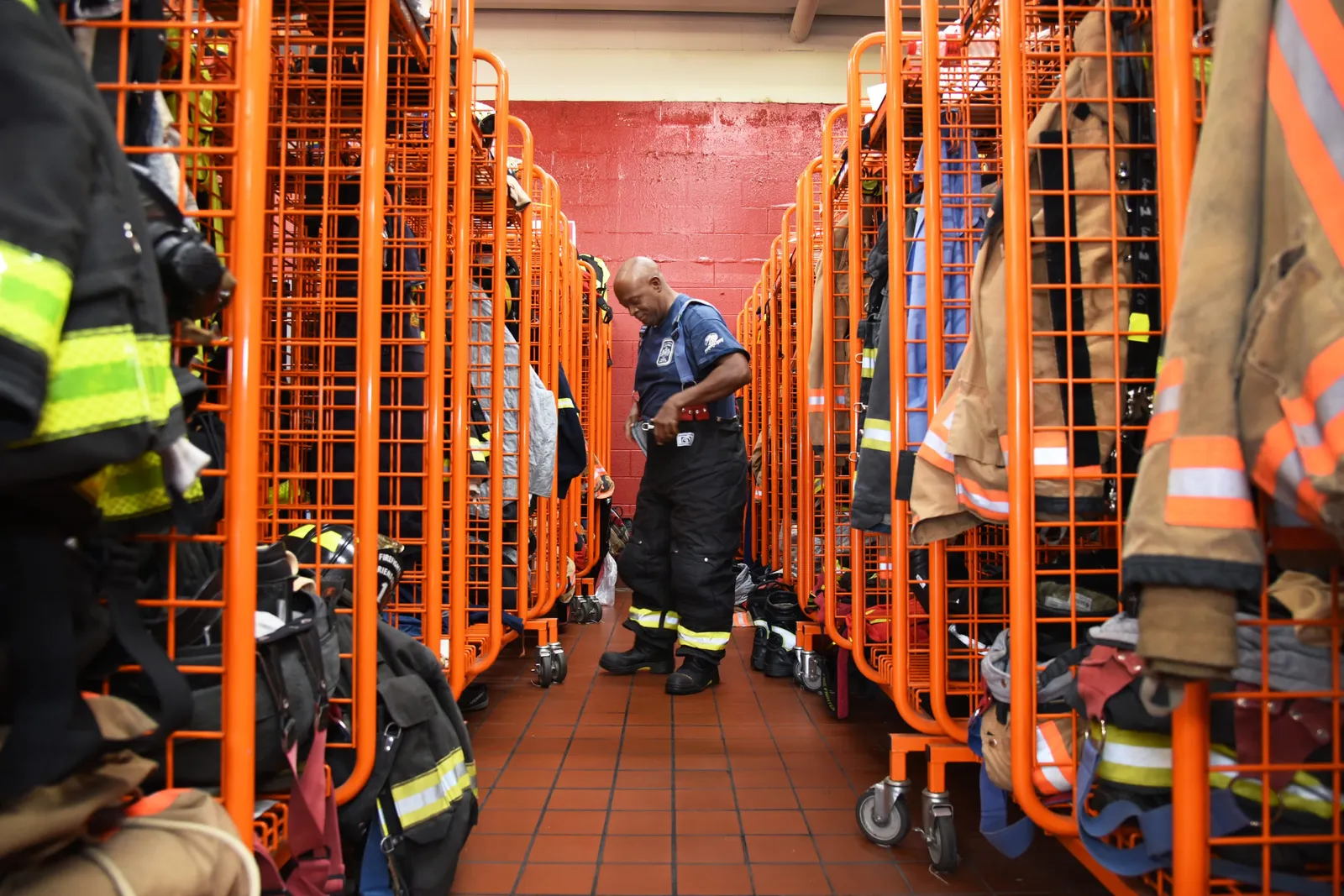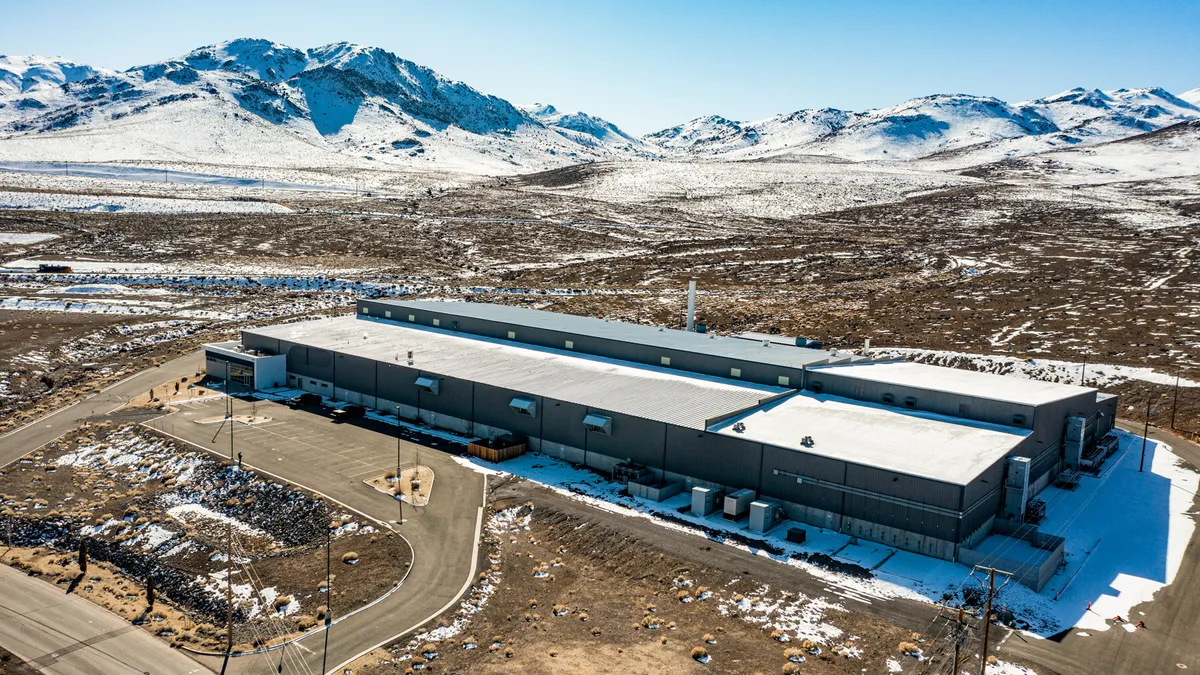Colorado, Vermont, and San Francisco joined the list of jurisdictions that have passed legislation to ban more forms of PFAS chemicals this past month.
The Environmental Protection Agency has been doing its part to regulate these forever chemicals, and Congress is introducing bills to hold chemical makers that produce PFAS accountable. However, states like Minnesota and California have taken it a step further, enacting laws that ban PFAS from being intentionally added to products like toys and food packaging, as well as filing lawsuits against chemical manufacturers that make forever chemicals.
Colorado and Vermont are the latest states to pass bills updating their lists of products banned from including PFAS. Meanwhile, San Francisco became the first city in the U.S. to ban firefighter gear manufactured with forever chemicals.
Here’s what these pieces of legislation entail.
Colorado and Vermont
Colorado Gov. Jared Polis signed a law on May 1 prohibiting forever chemicals in more products. The enactment dates are set for next year, 2026 and 2028, giving manufacturers more time to phase out the toxic substances.
Beginning in 2025, the state will forbid the sale and distribution of outdoor apparel that contains PFAS and is intended for extended use in severe wet conditions, such as waterproof rain suits or jackets. However, the bill allows an exception until 2028 for products that display a “Made with PFAS chemicals” disclaimer, according to the new law.
Starting in 2026, the state will ban the sale and distribution of cookware, ski wax, dental floss and menstruation products made with PFAS, as well as prohibit the installation of artificial turf purposely made with forever chemicals in the manufacturing process.
These additions expand Colorado’s list of products banned from being intentionally made with PFAS, including firefighting foam — which was added in 2020 — as well as packaging, textile furnishings, toys and fabric treatments, which were added in 2022.
Vermont is aiming to ban similar products. The state’s legislature passed a bill on May 9 to prohibit the sale and distribution of cosmetics and menstruation products, cookware and artificial turf containing the forever chemicals, which will take effect in 2026.
Textiles purposely made with forever chemicals in the manufacturing process will be prohibited in Vermont starting in 2028.
The bill now heads to Gov. Phil Scott’s desk to be signed. Once Scott signs the bill, the products will join the state’s list of other banned products intentionally made with PFAS, including firefighting foam, food packaging, carpets, rugs, fabric treatments and ski wax, which became law in 2022.

San Francisco
San Francisco city officials made history last week by banning PFAS in firefighter gear, supposedly making it the first city in the U.S. to make the move, according to an NBC News report.
The city is expected to spend approximately $10.1 million replacing the gear, according to city documents. The price of two sets of gear made without forever chemicals is expected to cost $3,400. The city also received a $2.3 million grant from the Federal Emergency Management Agency in September 2023 to purchase new gear.
The San Francisco Fire Department receives a $850,000 yearly fund to replace its gear. However, the city may have to increase that funding to $5 million in order to meet the June 30, 2026, deadline for when the ban begins, according to the city documents.
Other North American cities are working to phase out firefighter gear made with the toxic substances. In March, the city council in Concord, New Hampshire, voted to fund its fire department with $305,000 to replace 92 firefighter gear sets.
Last month, the city council in Vancouver, British Columbia, approved a one-time budget increase of $2.8 million for the Vancouver Fire Rescue Services to transition out of gear made with PFAS and buy new gear for all its personnel.
The International Association of Fire Fighters reported 72% of deaths among U.S. members were due to occupational cancer. While most anyone can be exposed to PFAS in their environment, firefighters are shown to face higher levels of exposure than the general public, making them at higher risk for thyroid, kidney, bladder, testicular, prostate and colon cancer.




















